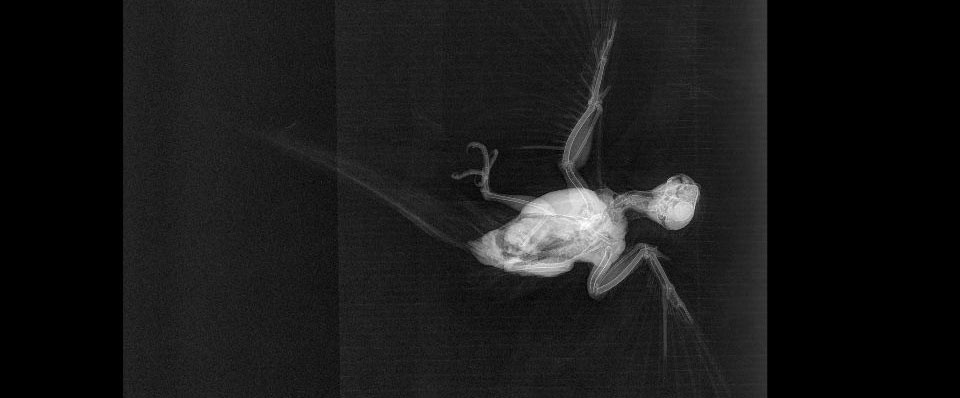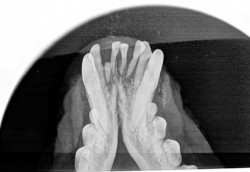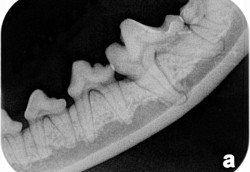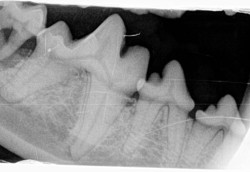Digital X-Rays
Pet X-Rays (radiographs, xrays or rads) are not just for broken bones! They can give us a look at the stomach, intestines, lungs, heart, liver, spleen and bladder. The veterinarians at Martensville Veterinary Hospital use radiographs to diagnose a problem (an object stuck in the neck or stomach, bladder stones or heart failure for example) and to follow up on patients, like orthopedic surgeries and patients being managed for heart failure. In our senior dogs and cats, we take x-rays to assess the spine, look for evidence of hip, elbow or knee arthritis, and assess the heart and lungs. This helps us develop a more thorough preventative wellness plan and tailor our general anesthetic protocols to be more specific to your pet. Radiographs can also help determine how serious a known problem is (has a cancer spread to the lungs) or help guide the treatment plan (if the foreign body in the intestines isn’t moving we may need to do surgery). Although x-rays are quick and painless, we usually suggest some sedation to keep your pet calm and allow us to get detailed shots at the right angles without squirming or unnecessary pain.
Radiographs can be straightforward. But often interpretation of veterinary x-rays requires great skill on the part of the veterinarian. In complicated cases, or for a second opinion we can send our digital images to a board certified veterinary radiologist for interpretation. Because the images are so clear, and they can be sent directly from our clinic in Martensville over a secured internet site to a veterinary referral center, we can even get emergency interpretations back in about one hour!
Digital Dental X-Rays
It is simply amazing what can be seen under the gumline with our dental x-ray equipment! Cats and dogs commonly have dental disease under the gumline that can only be seen with radiographs. This is why we radiograph the whole mouth with every COHAT.
Many tooth conditions are missed without dental x-rays (radiographs). High resolution dental radiographs show the tooth pulp, roots, crown and surrounding bone of each tooth with dramatic clarity. This information helps the veterinarian uncover hidden conditions such as tooth abscesses, cavities and fractures which can cause pain in your pet. Often you are not aware of the problem because most animals continue to eat and play despite painful dental disease, and really don’t let on there is a problem. Even when pets show signs of mouth pain and odor, it can be impossible to diagnose the problem without radiographs if the problem is underneath the enamel or under the gum line.
Ultrasound
We do simple ultrasound cases- like checking for bladder stones and pregnancy. We also use the ultrasound equipment in emergency situations to look for internal bleeding and fluid in the abdomen or chest for example. We can do full abdominal ultrasounds to look at each organ in the abdomen. Just like radiographs, more complicated ultrasonography can be sent digitally to a board-certified veterinary radiologist for rapid interpretation. We can also have a specialist come in to our clinic in Martensville to perform the ultrasound and interpret it.








